Virtual Interview Tips
Preparation
Do your homework on the organisation
As with every interview, whether it is face-to-face or remote/virtual, it is imperative that you have good understanding of your prospective new employer, and why you want to work for them. Things you should be able to talk about include:
What your employer does
Key metrics – size, scale, geographies
Vision and mission
Strategic goals
This information will also help you articulate to the panel why this organisation is attractive to you at this time in your career.
Revisit the job brief
Drawing on your understanding organisation and its key strategic goals and objects, review the position description and the key selection criteria. Take some time to reflect on where your skills and experience will add benefit, not only to the role on offer, but also to the organisation and its culture more broadly.
Know who is on the selection panel
It is equally important to know who will be on the selection panel and what their role is within the organisation.
If one or more members are external to the organisation, try to get some understanding of why they have been selected and what their area of expertise may be.
Check bios on the website or annual report
Check LinkedIn – do you have any shared connections?
Structure and duration of the interview
Panel interviews typically run for 45 minutes or one hour.
The Chair will ask the first question and will direct other panel members as they ask their questions.
Usually there are between 8-10 questions asked by the panel members, with the opportunity for you to ask questions at the end of the interview.
Presentation topic
You may be asked to give a short presentation to the panel at the beginning of the interview of between 5 and 10 minutes on a given topic relevant to the organisation, such as “opportunities and challenges” or “your vision for the department/group/organisation for the next 5 years”
With any interview, it is important to have a solid structure to your presentation, but especially true for a virtual interview.
It might be more difficult to retain the panel’s attention during a virtual interview than during a face-to-face interview, so to keep your presentation on track with a simple core message, a couple of main points and supporting details – such as the Minto Pyramid.
If you are keen to use visual aids (and the panel is supportive of this), please do a practice run first! Keep the slides uncluttered and relevant. Use graphics and images to support your key messages rather than text.
Check your technology
Check that you have the correct login details.
Ensure that you have quiet space without interruption.
Try to find a space where there is nothing distracting behind you, especially bookcases, mirrors, photos, or clutter. A solid wall is ideal.
If the space you are using is constrained and you have no option but to be in view of a window, it is much better for the panel members to have you facing a window. This will put more light on you and won’t reflect too much light into the camera, which will distort the interview panel’s view.
Be sure that your camera angle is well-aligned, and you are not too close or far away. Ideally you will be looking straight at the camera without having to tilt your head up or down.
Make sure that everything is plugged and fully charged and if you are at home, check that no-one else is using up all the bandwidth during your scheduled interview time.
Consider doing a trial run of the technology with someone before to ensure all settings are optimal.
The interview
The beginning
Login to the interview at the scheduled time – not too early, and definitely not late.
Make sure your audio is not ‘on mute’ and volume settings are comfortable for you.
Consider using earphones if you are concerned about noise distractions.
Make sure your video is on.
During the interview
As the Chair of the panel introduces you to the panel members, be sure to address them each by name.
Make sure to look into the camera, not at the faces on the screen. The camera is akin to eye-contact and this is incredibly important during a virtual interview and will help keep panel members engaged with you. If you are looking at your screen, you are not looking at the members.
Throughout the interview, and during your presentation (if doing one), make sure to alter the tone and tempo of your speaking voice. Do not read your presentation if at all possible – the panel will notice that you are doing this because your eyes will not be looking at the camera.
At every opportunity, address panel members by name. This will help to keep them fully engaged and draw them back into the conversation.
If you don’t fully understand a question or can’t recall part of a question, don’t be afraid to ask the panel member to repeat the question or to seek further clarification.
At the close of the interview, you might be asked if you have any questions for the panel. If you feel the interview has gone well, end on a high and considering saying that you haven’t got any additional questions at this time. If you do have a question, make sure that it is relevant to the interview and not just a question for the sake of asking a question.
And, finally…
Enjoy the interview process
Stay relaxed, take a breath and take your time to answer questions.
You are also interviewing the panel during this process, too!
If you have any questions about the interview process or the tips in this document, make sure to ask me for guidance.
Jackie Besley
Managing Partner
